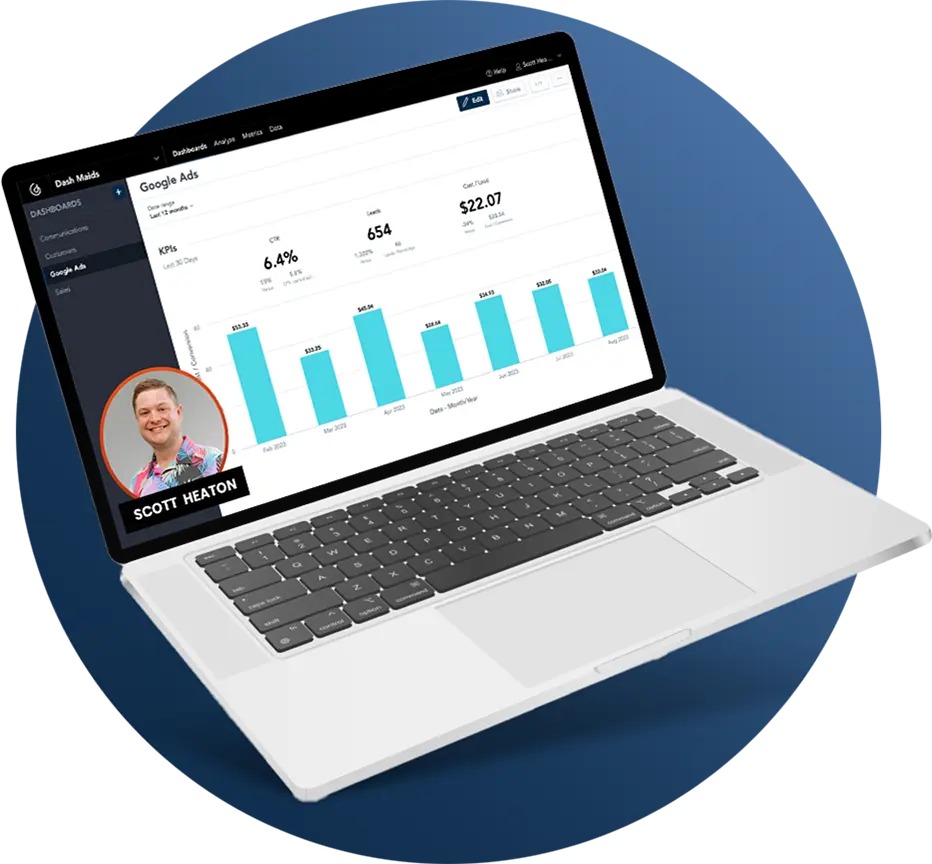How Lookalike Audiences Revolutionize Digital Marketing for Small Businesses
👇 Jump to videoDigital marketing for small businesses is all about reaching the right people with the right message. While many business owners have experienced frustration with ineffective ad campaigns, this often stems from targeting the wrong audience. In this blog post, we will explore how leveraging lookalike audiences on Meta (formerly Facebook) can significantly improve your marketing strategy, ensuring you connect with ideal customers and maximize your advertising return on investment (ROI).
Understanding Lookalike Audiences
What Are Lookalike Audiences?
Lookalike audiences are a powerful feature in Meta's advertising platform that allows you to find new potential customers who closely resemble your existing customers. By analyzing data from your current customers, Meta identifies users who share similar characteristics and behaviors, making them more likely to be interested in your products or services.
Why Lookalike Audiences Matter
Traditional advertising often casts a wide net, hoping to reach anyone who might be interested in your services. However, this approach can lead to wasted ad spend on audiences that aren't a good fit for your business. Lookalike audiences refine this process, ensuring your ads reach people who are more likely to convert, leading to higher-quality leads and better results.
Key Benefits of Lookalike Audiences:- Precision Targeting: Reach potential customers who are similar to your best existing clients, improving conversion rates
- Cost Efficiency: Reduce wasted ad spend by focusing on audiences that are more likely to engage with your brand
- Improved ROI: Maximize the return on your advertising investment by targeting people who are genuinely interested in your services
How to Implement Lookalike Audiences in Your Marketing Strategy
-
Gather Customer Data
The first step in creating lookalike audiences is gathering data on your current customers. This data can be sourced from your Customer Relationship Management (CRM) system or accounting software, where you track sales and customer interactions. Key data points to collect include:
- Demographic Information: Age, gender, location, etc.
- Behavioral Data: Purchase history, service preferences, and interaction frequency
- Interests and Preferences: Information that indicates customer interests and lifestyle choices
-
Integrate Customer Data with Meta
Once you have collected your customer data, the next step is to integrate this data with Meta. This process involves uploading your customer list to Meta's advertising platform, where it will be used to create a lookalike audience.
How Integration Works:- Data Matching: Meta analyzes your customer data to find common traits among your best customers
- Audience Creation: Based on these traits, Meta generates a lookalike audience that closely mirrors your current customer base
-
Create and Optimize Ads for Lookalike Audiences
With your lookalike audience in place, you can start creating targeted ads that resonate with this specific group. Here are some tips for optimizing your ad campaigns:
- Craft Compelling Messages: Tailor your ad content to address the needs and interests of your lookalike audience
- Highlight Unique Selling Points (USPs): Emphasize what makes your services stand out and why potential customers should choose your business
- Use Engaging Visuals: Utilize high-quality images and videos to capture attention and convey your brand message effectively
-
Monitor and Refine Your Campaigns
As with any digital marketing strategy, continuous monitoring and optimization are crucial for success. Use Meta's analytics tools to track key performance metrics such as click-through rates (CTR), conversion rates, and cost per acquisition (CPA). Adjust your campaigns based on these insights to improve performance and achieve better results.
Avoiding Common Pitfalls
Targeting the Wrong Audience
A common mistake in digital marketing for small businesses is targeting too broad an audience. This can lead to wasted ad spend and poor results. By leveraging lookalike audiences, you can avoid this pitfall and focus on reaching people who are most likely to convert.
Overlooking Data Integration
To maximize the effectiveness of lookalike audiences, ensure your customer data is accurately integrated with Meta. This requires keeping your CRM and accounting systems updated and ensuring data integrity.
Neglecting Continuous Optimization
Digital marketing is dynamic, and strategies that work today may not be as effective tomorrow. Regularly review your campaigns, test different ad variations, and adjust targeting as needed to stay ahead of the competition.
Conclusion
Lookalike audiences are a game-changer in digital marketing for small businesses, enabling you to reach high-quality leads and achieve better results from your advertising efforts. By focusing on customers who resemble your best clients, you can increase conversion rates, reduce costs, and drive business growth. If you're ready to transform your Meta advertising strategy and boost your small business's success, consider implementing lookalike audiences as part of your marketing plan.
Get Your Free Marketing Plan with Exact Strategies For Doubling Your Website Leads
- Based on a decade of experience and millions of dollars in ad spend
- Includes pricing, timelines, deliverables, and realistic expectations for results

